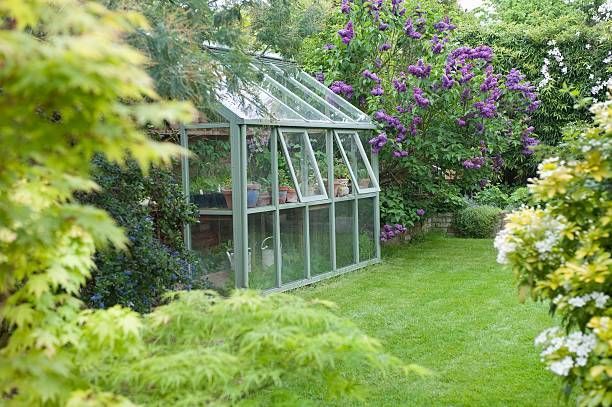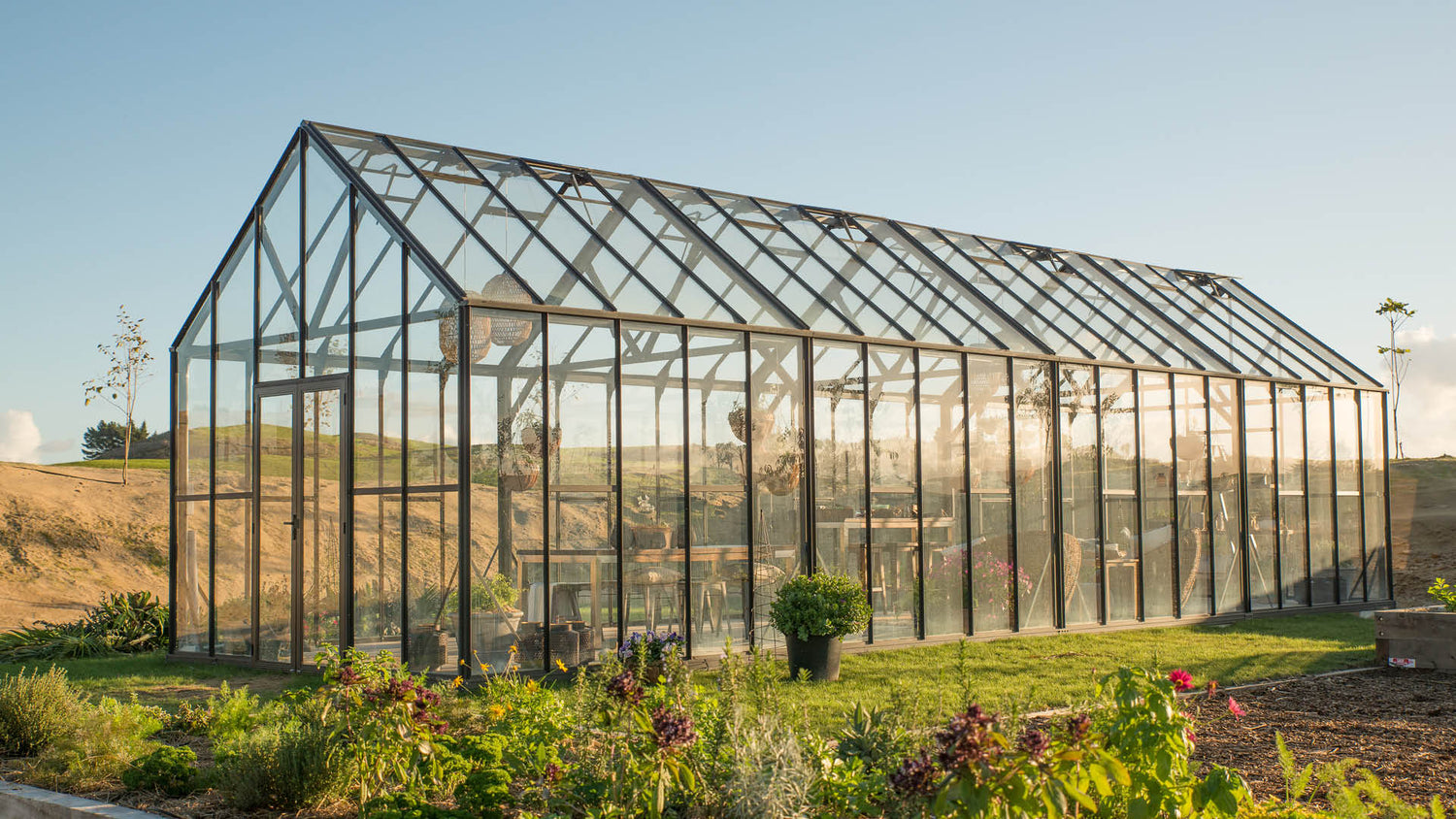Greenhouse Design: Creating an Eco-Friendly Expanding Room
Discover exactly how to create a greenhouse that maximizes natural light, saves water, and integrates sustainable power sources. By selecting sustainable materials and executing energy-efficient heating and cooling systems, you can create a greenhouse that is both productive and eco aware.
Choosing Lasting Materials
When developing your environment-friendly greenhouse, prioritize sustainability by thoroughly picking products that are environmentally-friendly and advertise power effectiveness. One of one of the most vital elements of producing a green greenhouse is picking lasting products. By choosing products that have a very little effect on the atmosphere, you can minimize your carbon footprint and add to a much more sustainable future.
Begin by considering the products made use of for the structure of your greenhouse. In addition, take into consideration using products that have a high thermal mass, such as rock or concrete, as they can assist manage the temperature inside the greenhouse, minimizing the need for extreme heating or cooling.
An additional essential aspect to consider is the glazing material for your greenhouse. Pick materials that supply excellent insulation buildings, such as double- or triple-pane glass or polycarbonate panels. These materials can aid catch heat inside the greenhouse, minimizing the amount of energy needed for home heating throughout colder months.
Additionally, when choosing products for the inside of your greenhouse, opt for sustainable choices such as bamboo or redeemed timber for shelving and benches. These materials are not only resilient but also advertise the accountable use of sources.
Taking Full Advantage Of Natural Light
To make the most of all-natural light in your eco-friendly greenhouse, focus on the tactical placement of skylights and windows to optimize sunlight exposure throughout the day. This is a crucial consider developing an excellent growing environment for your plants. When selecting the placement of home windows, take into consideration the path of the sun throughout the day and how it will influence the different areas of your greenhouse. South-facing windows will certainly get the most sunlight, while east-facing windows will certainly capture the morning sunlight and west-facing home windows will certainly get the afternoon sunlight. By tactically positioning windows on these sides, you can ensure a constant and also circulation of sunlight throughout the day.
Skylights are one more efficient method to maximize all-natural light. They allow sunshine to enter from above, giving an additional resource of light for your plants. When installing skylights, consider their dimension and placement. Larger skylights will certainly allow a lot more light to enter, however make certain they are not too large that they create excessive heat or glare. Position them in locations where they can offer direct sunlight to your plants without casting darkness on other locations.
Implementing Energy-Efficient Home Heating and Cooling Equipments
To even more improve the energy performance of your environmentally friendly greenhouse, take into consideration implementing energy-efficient heating and cooling down systems. These systems play a crucial function in maintaining optimal temperature and humidity levels for your plants, while lessening power consumption and reducing your greenhouse's carbon impact.

This permits for the exchange of fresh air and assists control the temperature level inside the greenhouse. These systems utilize much less energy contrasted to typical air conditioning devices and can properly decrease the temperature inside the greenhouse.
Water Conservation Methods
To better improve the power efficiency of your green greenhouse and continue lowering its environmental impact, it is very important to implement reliable water conservation methods. Water is a precious resource, and with the best strategies, you can minimize your greenhouse's water usage while still providing ideal conditions for your plants.
One way to save water is by utilizing a drip irrigation system. important site This approach provides water straight to the plant roots, minimizing dissipation and making sure that water goes where it is needed most. Furthermore, installing a rain harvesting system can help capture and keep rain for later usage in your greenhouse. This not only lowers your reliance on municipal water sources yet additionally conserves you cash in the future.
One more technique is to mulch your plants. Including a layer of natural material around the base of your plants helps keep wetness in the dirt, reducing the demand for regular watering. In addition, think about making use of a water-efficient potting mix that retains wetness while still offering sufficient water drainage.
Lastly, check your greenhouse's water usage routinely. By keeping track of just how much water you are using, you can recognize areas for renovation and make needed modifications.
Incorporating Renewable Energy Resources

Verdict
Finally, by implementing sustainable materials, maximizing natural light, making use of energy-efficient home heating and cooling systems, practicing water preservation techniques, and integrating eco-friendly power resources, you can create an environment-friendly greenhouse style. official website This will certainly not just profit the environment however likewise advertise lasting and healthy and balanced plant development. So, proceed and make a favorable influence on the planet by making an eco-friendly expanding space.
When creating your environment-friendly greenhouse, prioritize sustainability by carefully selecting materials that are environmentally-friendly and promote power performance. These materials can aid trap warm inside the greenhouse, reducing the quantity of power needed for heating throughout chillier months.
These systems use less power compared to standard air conditioning systems and can successfully reduce the temperature level inside the greenhouse.
You can include sustainable power sources into your greenhouse style to make it a lot more sustainable and green.In conclusion, by applying lasting products, optimizing all-natural light, using energy-efficient home heating and cooling systems, exercising water conservation methods, and integrating renewable power sources, you can produce a green greenhouse layout.